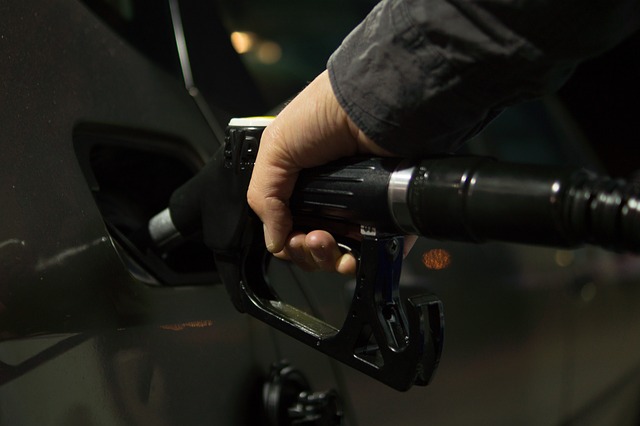Hurricane Harvey’s impact on gas prices and the oil and gas industry hasn’t been forgotten. And experts say Hurricane Barry could impact gas prices, too.
While 2017’s Harvey was a Category 4 hurricane with winds reaching 130 mph, the lesson learned for the industry was all about one word: flooding.
“The rise of onshore [crude oil] production has helped mitigate the risk to production from hurricanes,” Stratas Advisors‘ senior oil market analyst Ashley Petersen emailed AccuWeather. “The larger danger nowadays is from flooding.”
“If you’ll recall, [with] Hurricane Harvey, it was actually the sustained rains that caused several refineries to shut down, and this had a much larger impact on refined product prices across the country,” Petersen wrote. Hurricane Harvey was the most significant tropical cyclone rainfall event in recorded U.S. history, both in scope and peak rainfall amounts, according to the U.S. National Oceanic and Atmospheric Administration (NOAA). The storm lingered over the middle of the Texas coast, dropping over 40 inches of rain across the region and over 50 inches in some places.
The second tropical storm of the season, Barry, formed over the northern Gulf of Mexico on Thursday. Barry became a hurricane on Saturday morning as it churned onto the central coast of Louisiana.
AccuWeather sees the greatest threat for flooding rainfall to be in Louisiana, where an AccuWeather Local StormMax of 24 inches is expected.
But, having learned from Harvey – the first Category 3 or higher hurricane in 12 years to hit the continental United States – and also 2005’s Katrina and 2008’s Gustav, experts know the interconnected nature of the oil and gas industry could mean problems elsewhere in the U.S. because of Gulf Coast flooding.
The Gulf of Mexico area, both onshore and offshore, is one of the most important regions for energy resources and infrastructure, according to the U.S. Energy Information Administration. More than 45% of total U.S. petroleum refining capacity is located along the Gulf coast, as well as 51% of total U.S. natural gas processing plant capacity.
“Just look at what happened to Washington, D.C., Monday,” Dr. Philip K. Verleger, owner and president of energy and commodity markets consultant PKVerleger LLC, told AccuWeather. “If you get too much rain, soil gives way. If soil gives way under a pipeline, you’ve got a leak and have to shut down the pipeline.”
Petersen adds in her email to AccuWeather, “The East Coast is dependent on Gulf Coast refined products moved via pipeline. If the refineries or Colonial Pipeline complex have to reduce operations due to flooding, there are no easy options to fill the gap, meaning consumers could see prices spike.”




